There are many schools of Vietnamese martial arts. They can be classified into four major groups: Bac Ha (north), Binh Dinh (central), and Nam Bo (south). Nowadays, more and more people in other countries practice Vietnamese martial arts. Read on to gain a deeper understanding of martial arts in Vietnam.
Northern Vietnam Martial Arts - Bac Ha Groups
The Bac Ha schools of martial arts first developed in northern Vietnam, though their influence later spread to other parts of the country. They include Lieu Doi wrestling, Nhat Nam, and Nam Hong Son, as well as modem adaptations of these older traditions.
Lieu Doi Wrestling
Traditional wrestling is a very popular form of martial arts in northern Vietnam and long tradition in Vietnamese culture. Many villages hold wrestling tournaments at spring festivals. In 40 A.D, Wrestlers from Bac Ninh and Bac Giang Provinces joined the insurrection led by the Trung Sisters to fight against Han invaders. Hanoi and its environs are also known as the cradle of traditional Vietnamese martial arts. In the past, many practitioners from the surrounded areas passed difficult examinations in martial arts. Many martial arts families continued to hand these skills secretly to their children after 1880 when the martial arts examination was abolished.
Nhat Nam Martial Art School
The Nhat Nam School has the longest history of all the Vietnamese traditional martial arts schools. It started in Thanh Hoa and Nghe An Provinces. Nguyen Tam Chinh, the founder of traditional wrestling in Vietnam, came from this region. Additionally, other famous generals from the region are Lady Trieu (225-248) and Duong Dinh Nghe (?-938), who led the rebels fighting against Chinese invaders. In three great wars against the Mongols (1258, 1285, and 1288), the Tran Dynasty (1225-1400) relied mainly on 100,000 soldiers from Thanh Hoa and Nghe An. Besides, many senior martial artists who served under the Posterior Le Dynasty (fifteenth to seventeenth centuries) also came from this region.
Nam Hong Son Martial Art School
The Nam Hong Son School was founded by Master Nguyen Van To. He was born in 1895 in Thuong Tin District, Hanoi. When he was very young, Nguyen Van To trained in traditional martial arts at the Nguyen Court. He later studied the techniques of Chinese sects and borrowed them to perfect his own school. The Nam Hong Son School is the smooth and flexible combination of both Chinese and Vietnamese martial arts traditions.
In 1938, Master Nguyen Loc, a native of Son Tay, started a new school of Vietnamese martial arts, blending the best of his family tradition with Vietnamese martial arts and schools from other countries. He wanted to build a school of martial arts for the masses that could spread easily. His training proceeded from easy to difficult, simple to complex. It really suited the Vietnamese constitution and employed the technique of horizontal counter-attack. With these methods, practitioners could hurl themselves and still fall safely.
Central Vietnam Martial Arts - Binh Dinh Groups
Origin of Binh Dinh Martial Art
Binh Dinh martial arts schools include Tay Son - Thuan Truyen rod, An Thai kata, and An Vinh kata. The martial arts forms are developed by Buddhist monks, Tay Son Nhan, Thanh Long, and Sa Long Cuong, the Binh Dinh military arts, Tay Son Bach Long, and Tay Son Shaolin. Binh Dinh's fame as a cradle of martial arts is closely connected to the Tay Son Dynasty (1778-1802). Binh Dinh was once part of the Kingdom of Champa, which had a long tradition of martial arts, as can be seen in many old Cham sculptures.
Development of Binh Dinh Martial Art
During the eighteenth century, famous masters migrated from northern Vietnam and China to the region and trained the local people in martial arts. These included Truong Van Hien from Thanh Hoa. Nghe An region; Tran Kim Hung, whose ancestor founded Truong Dinh Hamlet (Tay Son); Diep Kim Tong from Fujian (China); and Dinh Van Nhung from Ninh Binh. These masters trained the Tay Son brothers in martial arts. Therefore, almost all the soldiers and generals in the Tay Son Rebellion (1771-1778) came from Binh Dinh.
During the late eighteenth century and nineteenth century, masters founded an original and powerful sect of Tay Son martial arts in Binh Dinh. They synthesized forms and techniques from the Binh Dinh schools into a deadly military art. The school's motto - "First, strong. Second, quick. Third, skillful" - underscores the importance of strength, dexterity, and skills.
Today, Binh Dinh martial arts is to train physical health and a symbol to develop tourism. Every two years, Binh Dinh organizes the International Traditional Martial Arts Festival to preserve, honor and promote cultural values of the Vietnamese martial arts. On these occasions, domestic and international martial arts groups from Russia, China, Thailand, and so on come to Thien Hung Temple (An Nhon Town) - the famous temple in Binh Dinh for martial arts exchanges and promote the friendly relations.
Southern Vietnam Martial Arts - Nam Bo Groups
Origin of Nam Bo Martial Art
In Vietnamese history, the Nam Bo martial arts schools appeared with the settlement of the Viet ethnic group in the south during the eighteenth and nineteenth centuries. After installing themselves in south-central Vietnam, the Nguyen Lords continued to expand their territory southwards. The Lords moved in inhabitants from the central areas of Quang Nam, Da Nang, and Quy Nhon to clear virgin land in the Mekong River Delta. The Nguyen Dynasty also deported outlaws to the south. Thus, many Vietnamese in the south came from regions with long traditions in Vietnamese martial arts and were themselves skilled in martial arts.
After the Tay Son rebels' victory at the end of the eighteenth century, remnants of the Nguyen army fled southward, regrouping in the Dong Nai region. There, they recruited masters of martial arts to train their soldiers for revenge. After the founding of the Nguyen Dynasty in 1802, many people from this region passed court examinations in martial arts and had long military careers.
Characteristics of Nam Bo Martial Art
The Nam Bo martial arts have different sources: Binh Dinh, Thanh Hoa, Nghe An. the Red River Delta, and China. They are a mixture of many schools, whose techniques had been adapted to meet the specific conditions in southern Vietnam. Furthermore, they include the need to protect oneself against wild animals and to clear new farming land. The Nam Bo schools are often called "the martial arts of forests and gardens. They include the following schools: Tan Khanh - Ba Tra, That Son kata of Buddhist monks, Yin-yang, and Kim Ke (Golden Rooster).
Over the years, Vietnamese traditional martial arts have attracted the interest of people in many countries, especially in Europe. Sometimes one comes across an Italian or French family practicing Vietnamese martial arts. Hence, Vietnamese masters have earned greater and greater prestige in the international arena. Several Vietnamese masters run their own martial arts training courses in other countries. Foreign students always show great respect for the masters of Vietnamese martial arts. Among the many schools of Vietnamese traditional martial arts developed abroad, Vovinam (Viet Vo Dao) and Nam Hoa Vo Dao (combining Chinese and Vietnamese traditional martial arts) are probably the best known.
A Vietnamese school excursion of your educational trip to explore the traditional martial arts of Vietnam will leave you absolutely unforgettable memories.

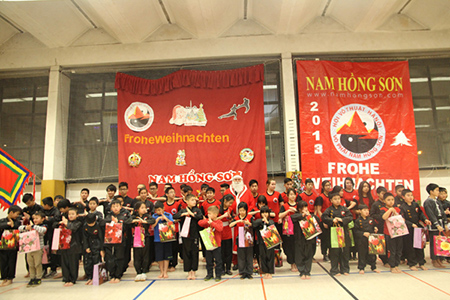
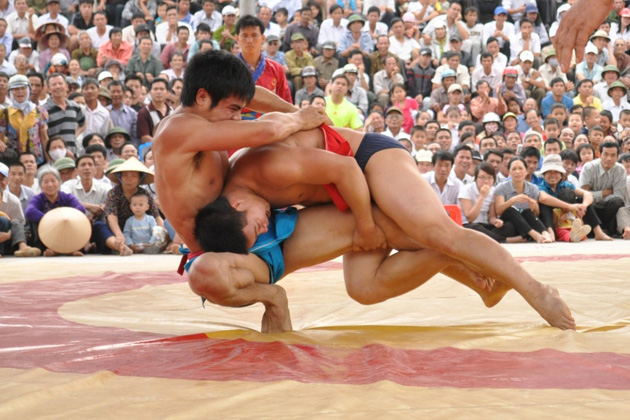
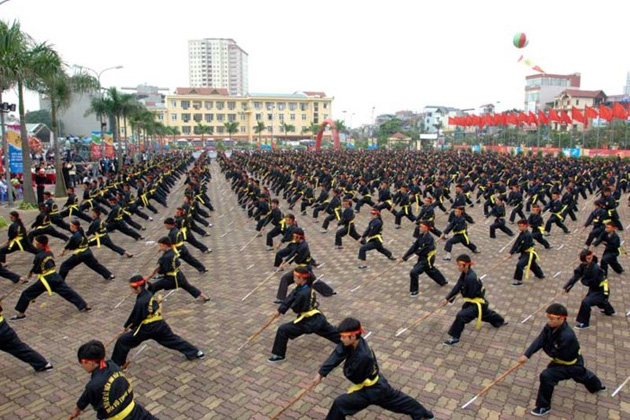
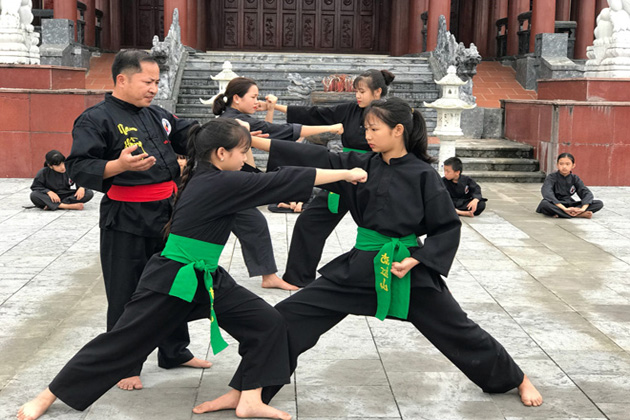
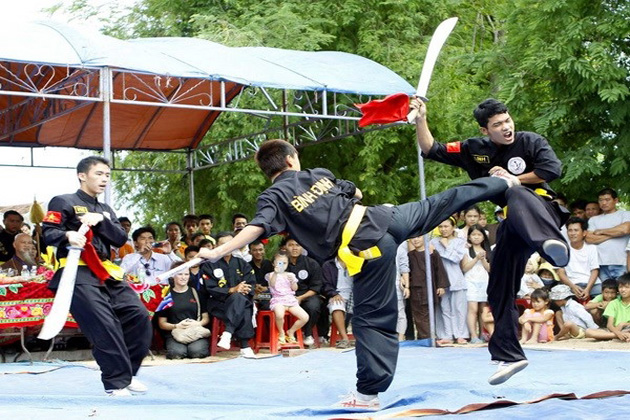
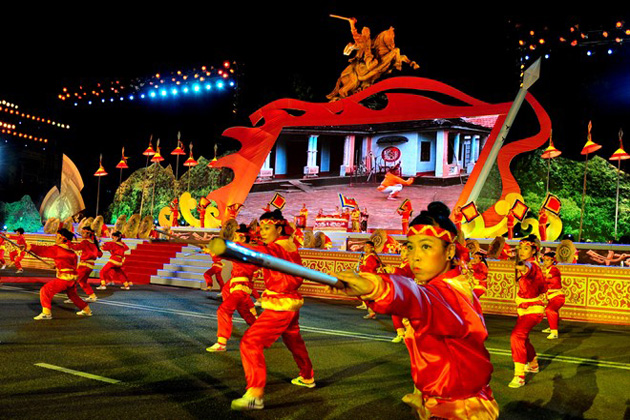
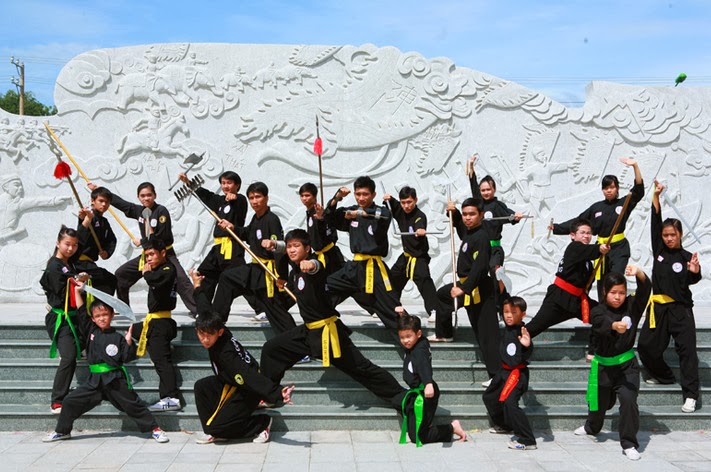


I need 3 dan grading plz send me all details i am from India